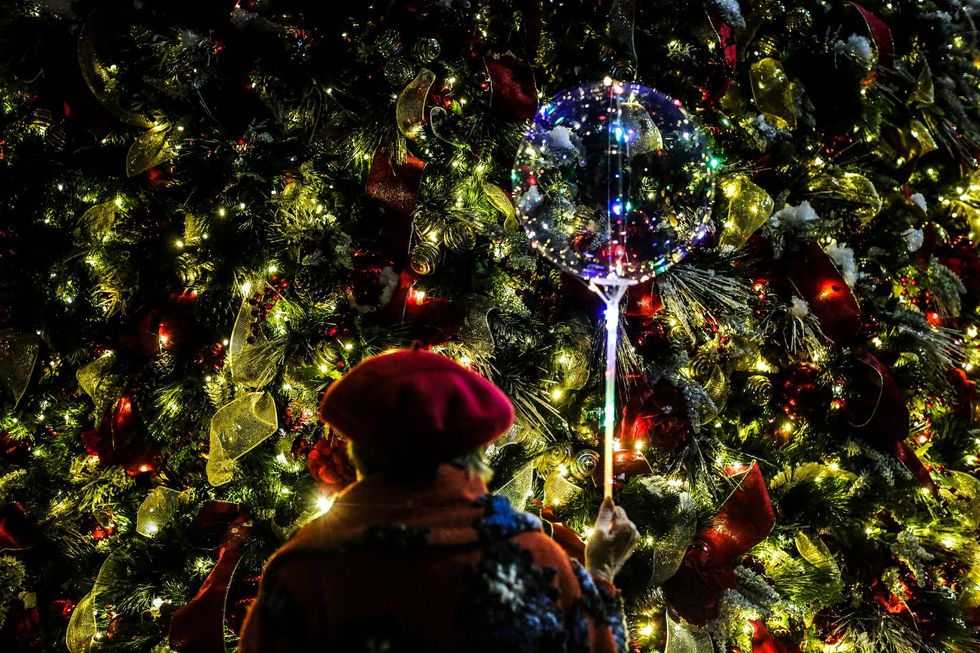Oh, the holiday season is here! It's that time of the year again when students are finishing their exams, airports are overcrowding than ever, and people are carrying shopping bags of every color and size. It's that time of year when colorful lights and wreaths in every window shop greet you on your walk down the street. Everything seems so lively and joyful that you can't help but spread along the holiday cheer. But is it really a cheerful thought to realize that those colorful lights and fake trees are actually harming the environment? While the holidays may bring happiness to many people, they hurt the planet in more ways than we can imagine. Here are some classic things that are essential to the holidays but extremely harmful to our environment:
1. Christmas Lights
During the holidays, many people put up lights to decorate their houses, Christmas trees, and businesses. However, doing so may not be the most environmentally-friendly choice. These lights can disrupt both human and wildlife sleep cycles due to the sudden overuse of light during the holidays. The use of Christmas lights also contributes to light pollution which, according to Globe At Light, can have long-term consequences. If decorating your windows with colorful lights is a holiday must, the best alternative to the classic Christmas lights are LED lights.
2. Holiday Cards
While sending cards to loved ones during the holidays isn't as common as they used to be, they still impact the environment in a negative way. There is an increased demand for holiday cards and gift wrap paper during this time of the year. As a result, many trees are cut down just so we could have a card with Santa Claus printed on it. By choosing to give a heartwarming holiday message to your friend online, or even better, in person, instead of through a paper card, you can help keep trees alive.
3. Christmas Trees
Since we are on the topic of trees, specifically Christmas trees are one of the most synonymous items associated with the holidays and also one of the most detrimental to the environment. While there is still much debate about whether buying a real Christmas tree helps the environment, there is undeniable evidence that fake Christmas trees are bad for our planet. In an independent study in 2009 by Ellipsos, a sustainable development consulting firm, it was discovered that fake Christmas trees contain PVC, a toxic carcinogen that is difficult to dispose of. So if you are thinking about getting a Christmas tree, instead of getting a fake one, opt for a more environmentally-friendly option.
As you go shopping during the holidays, keep in mind that some extra effort in picking your Christmas decorations can greatly impact the environment for better. By being more environmentally conscious of our decisions, we can show love not only to our close ones but to our planet as well!

















